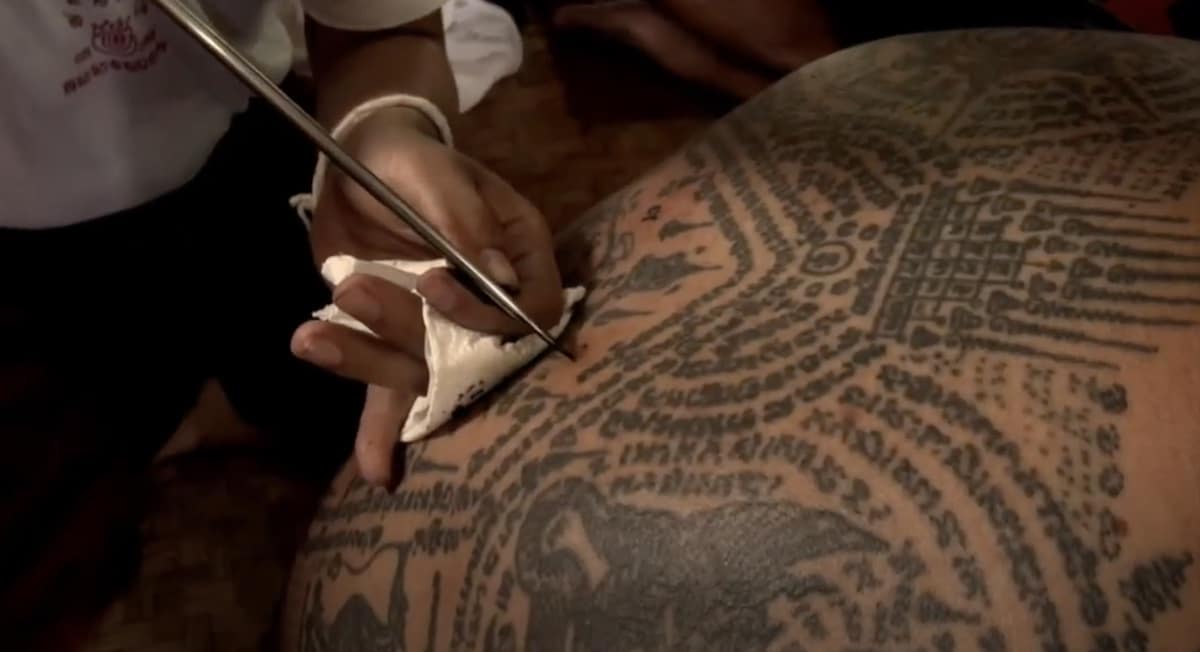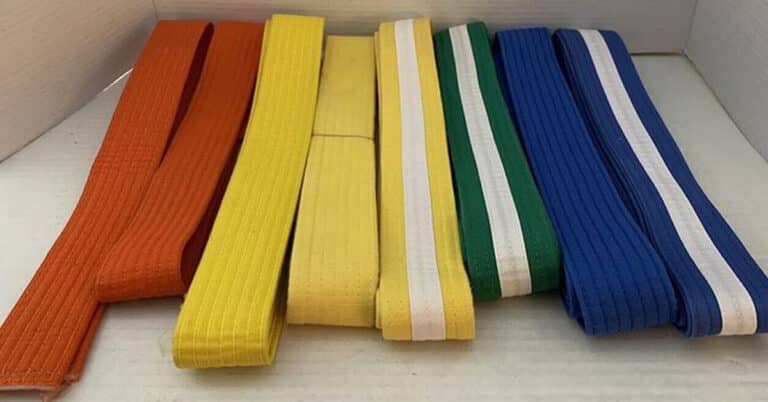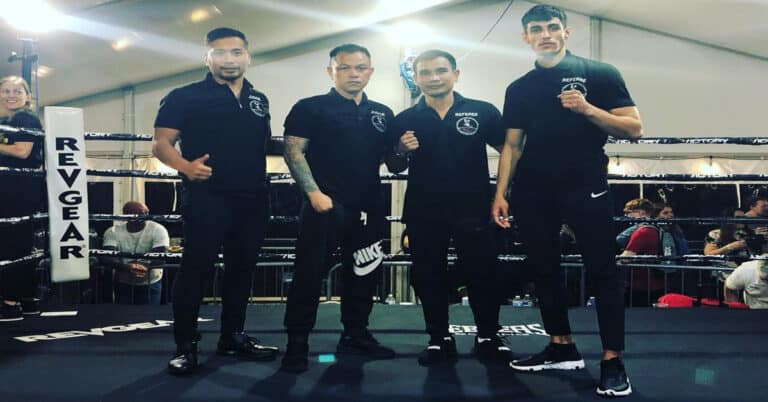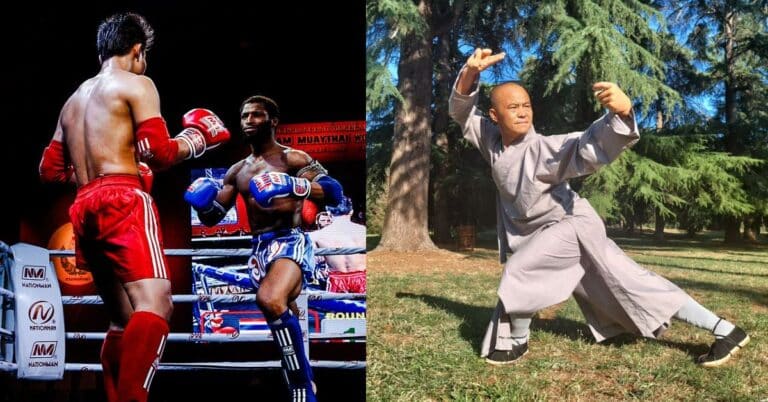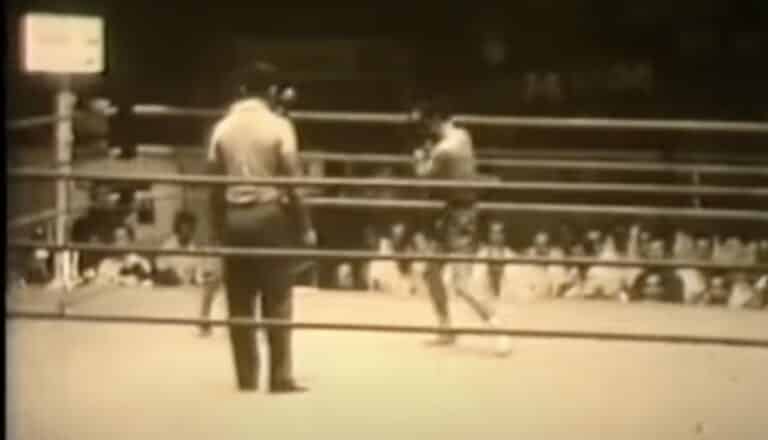What are the Sak Yant Tattoo Rules?
Sak Yant tattoos are traditional Thai Buddhist tattoos which come with spiritual protections. To obtain these protections, the wearer must abide by certain rules. What are the Sak Yant tattoo rules?
In Muay Thai fighting, Sak Yant tattoos are extremely common due to the protection they offer, as long as the wearer follows the Sak Yant tattoo rules. Both Nak Muays and Farangs commonly wear a Sak Yant tattoo or multiple.
However, to get the spiritual benefit, there are Sak Yant tattoo rules that must be followed. Everyone wants to rush in and ask What are the Sak Yant tattoo rules, but it would be wiser to take a step back to learn about the tattoos as a whole first.
What is Sak Yant Tattoo?
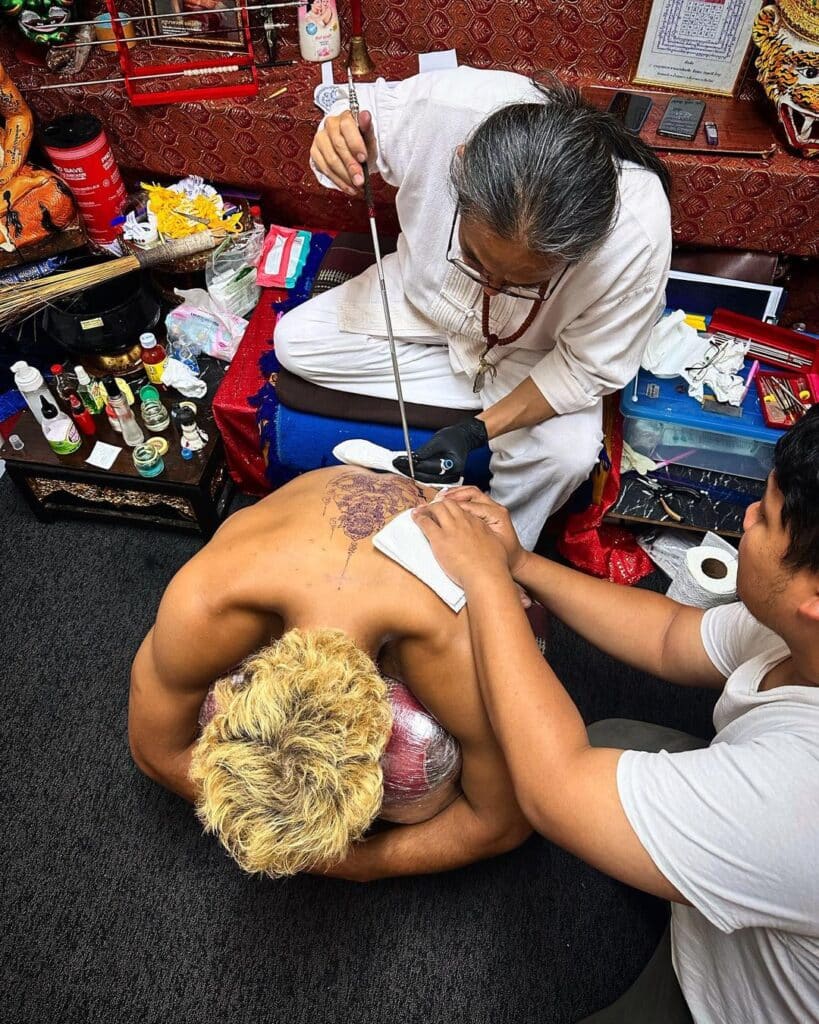
A Sak Yant tattoo is a steel rod point tattoo applied and blessed by Buddhist monks. The tattoo is given to the person at no direct charge, instead, people are asked to give a donation.
After a Wai Kru, just like in a Muay Thai match, a ceremonial Buddhist dance is completed, and then the tattoo can begin to be applied. Using a metal rod dipped in ink, the monk will begin laying the tattoo on the person using a jabbing technique. Once complete, the tattoo is blessed by the monk. After, the person must follow the Sak Yant tattoo rules.
If the Sak Yant Tattoo is applied with a needle gun, like in traditional western tattooing, this is said to bring bad luck to the wearer and the protections will certainly not apply. It must come from traditional means from a Buddhist monk who has trained in the arts. This goes against the Sak Yant tattoo rules.
The tradition is said to have dated back over 2000 years. In Thailand, it was common to get tattoos to ward off evil or offer protection to the wearer. It is tied to Buddhism. According to Thai Tattoo:
“Sak yants are speculated to be up to two millennia old. Although the oldest definitive use of sak yants date back only to the 1600’s. During that time Thailand was known as The Kingdom of Ayuttaya. Warriors were given yant tattoos and yant shirts in order to protect them in battle. Monks would perform the yantra tattoo using a hand-poked method.”
Thai.tattoo
‘Sak’ translated in English to ‘To Tap.’ Yant means ‘Yantra,’ which can mean a Tantric geometrical diagram. Each tattoo is a Buddhist design which offers specific protections or powers to the wearer. The Sak Yant tattoo rules must be followed or else the protections and blessing will not work.
Common Types of Sak Yant Tattoos
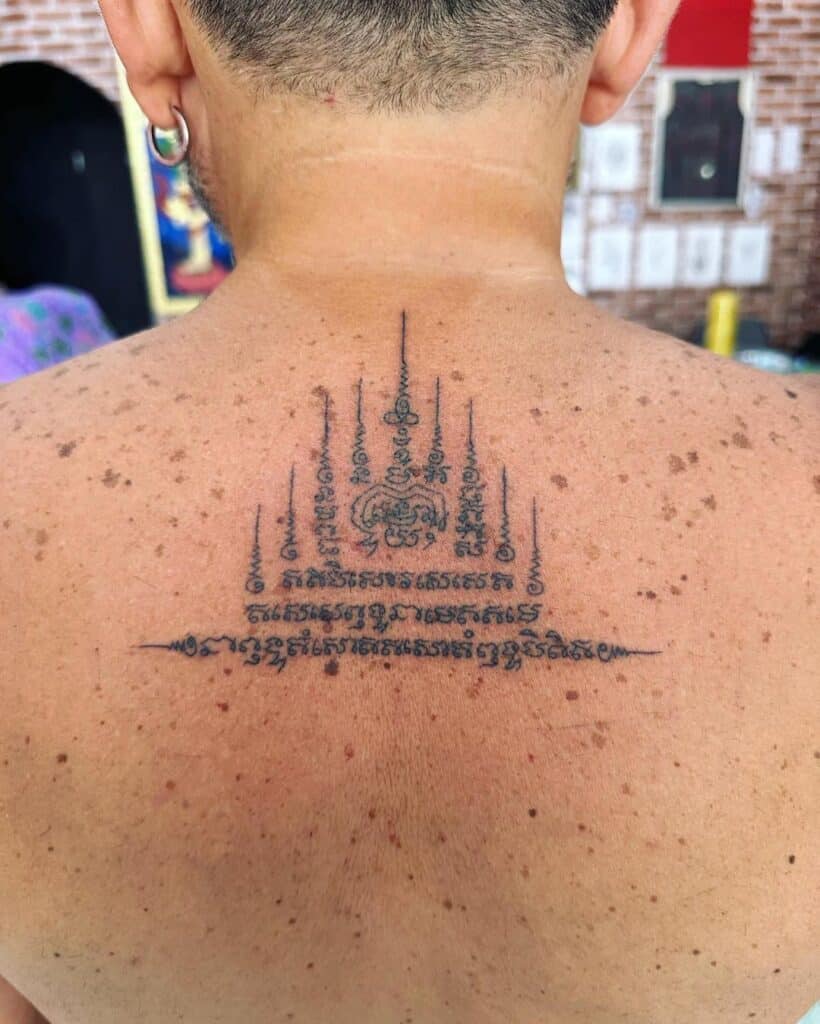
The most common type of Sak Yant is the Nine Peaks. Once blessed this tattoo will offer improved popularity, avoid serious injury, power to defeat the enemy, will bring good luck, and will improve one’s fate. The protections will not work if the wearer breaks the Sak Yant tattoo rules.
Another common Sak Yany in combat sports is the Sangwan Necklace. This tattoo is meant to bring the wearer virtuous mercy powers, great prestige, and will avoid danger.
Another of the most common is the 5 Line, Hah Taew, which fighters wear. Also, famously, Angelina Jolie. This will bring the wearer justice in adjudications, can reverse bad fate, protection from black magic, brings good luck, and will grant charisma for better luck in love.
The Monkey God (Hanuman) Sak Yant will grant the wearer more bravery and courage. UFC World Champion Valentina Shevchenko famously has this tattoo. Additionally, UFC heavyweight fighter, and former Nak Muay, Ciryl Gane wears an Eight Direction (Paed Tidt) Sak Yant. This is meant to bring him protection and the ability to counter. Another common Sak Yant is the Twin Tigers, which offers power, strength, and protection.
Phra Rahu is a Sak Yant of a demon from Buddhism consuming. This is meant to consume negative every in one’s life. The Kerake, crocodile, will bring people thick skin for optimum protection.
There are over 400 types of Sak Yant tattoos which come with their own unique protection and power. Above are the most common types and what is offered. However, if a person breaks the Sak Yant tattoo rules, then the above protections will no longer be granted to the wearer.
What are the Sak Yant Tattoo Rules?
The basics of Sak Yant tattoo rules, that a wearer must follow or else lose their blessings, are:
- Wearer must not kill
- Wearer must not steal
- Wearer can not desire another person’s or spouse or be unfaithful to your partner
- Wearer cannot lie
- Wearer cannot get intoxicated via alcohol or drugs
- Wearer cannot speak ill of one’s own mother
Above the are basic, universal rules. Then, each Monk, depending on their lineage and school, will have specific Sak Yant tattoo rules of their own. For example, getting a Sak Yant with a Buddhist monk at the Wat Bang Phra will come with these additional Sak Yant tattoo rules:
- Wearer cannot eat a Star fruit, Pumpkin, or any gourd Vegetable.
- Do not be an unfaithful lover to someone who is already married
- Do not speak poorly of anybody’s mother
- Do not eat food from a wedding or funeral
- Do not eat leftovers.
- Do not walk beneath a washing line
- Do not wall beneath a banana tree
- Do not sit on a ceramic urn
- During sex, a woman cannot be on top. The man must be on top.
- Wearer is not permitted to be touched by the clothing of a woman, especially during her menstruation week
Some argue that these Sak Yant tattoo rules were mainly intended for Monks but have been passed into the Sak Yant tattoo rules for everyone.
Certain Buddhist Monks, but not all, will also add the following Sak Yant tattoo rules:
- Wearer cannot commit evil deeds
- Tattoo wearers from the same monk’s are forbidden to fight against one another
- Wearer cannot drink alcohol or consume illicit drugs
- Wearer cannot make extraordinary declarations of having protective powers because of the Sak Yant
- The Sak Yany granted powers will not work if the wearer intends to use these powers for evil
- Abide by the five precepts
What are the five precepts?
In addition to the numerous Sak Yant rules, there are also the supplementary five precepts which also must be followed.
According to the BBC, the five precepts are:
| Precept | An example |
|---|---|
| 1. Refrain from taking life | Not killing any living being. For Buddhists, this includes animals, so many Buddhists choose to be vegetarian. |
| 2. Refrain from taking what is not given | Not stealing from anyone. |
| 3. Refrain from the misuse of the senses | Not having too much sensual pleasure. For example, not looking at people in a lustful way or committing adultery. |
| 4. Refrain from wrong speech | Not lying or gossiping about other people. |
| 5. Refrain from intoxicants that cloud the mind | Not drinking alcohol or taking drugs, as these do not help you to think clearly. |
Sak Yant and Muay Thai?
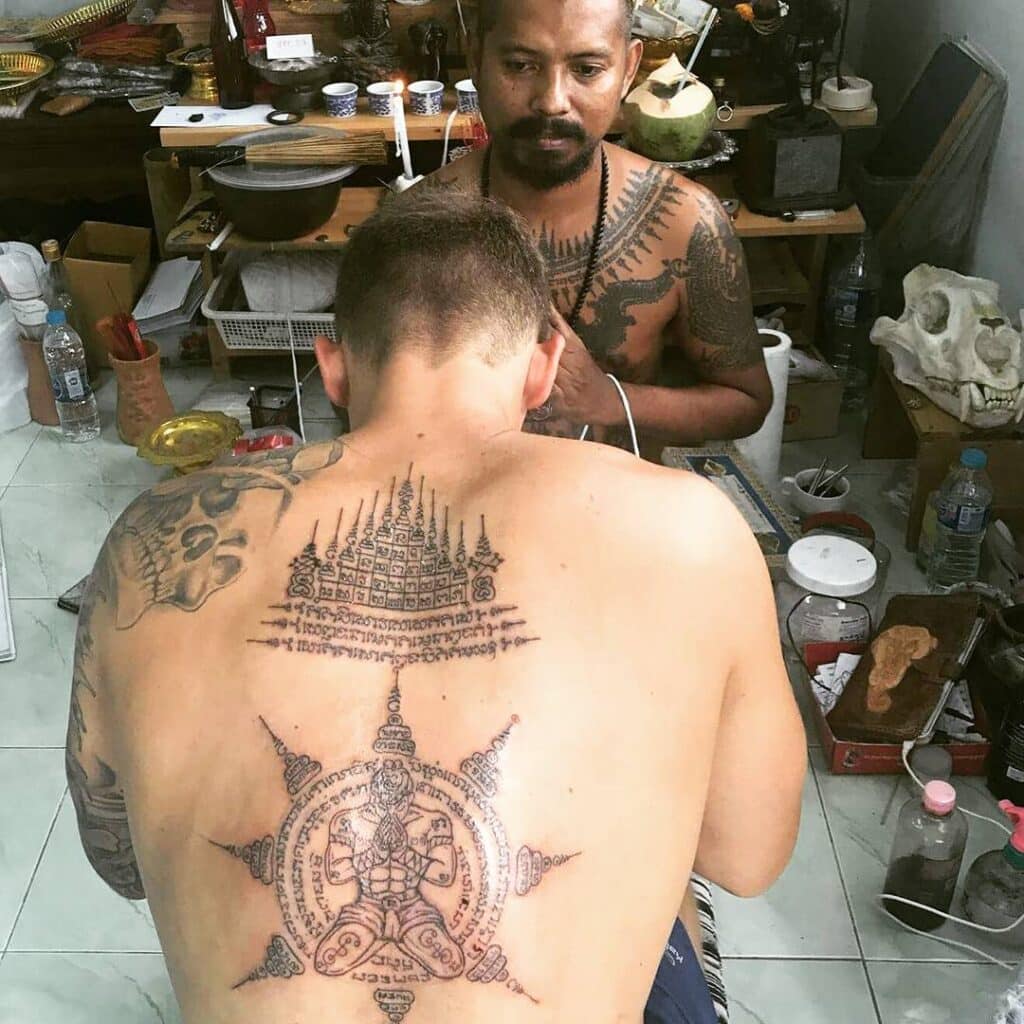
Why is the Sak Yant tied closely to Muay Thai? The Sak Yant is a Thai Buddhist tradition which has been passed down for centuries. Similarly, Muay Thai is closed related to Thai Buddhism and is ancient in the nation of Thailand.
Sak Yant tattoos were quite common in Thailand among the general public before World War II. After the world war, due to western influences, the general population began getting less Sak Yant tattoos.
The only people during this era who were getting Sak Yant tattoos were people in dangerous jobs because they needed additional protection. These jobs were policemen, soldiers, rescue workers, organized crime individuals, and Muay Thai fighters.
Over time, it began to appear that the only people with Sak Yant tattoos were Muay Thai athletes. Thus, the two became tied to one another.
Local Nak Muays from Thailand and international foreign fighters (Farang) are focused on keeping Buddhism in Muay Thai. Both locals and farang will wear the Pra Jiad and Mongkon, which are both Buddhist symbols. In addition, all fighters will participate in the Wai Kru which is a traditional Buddhist dance before Muay Thai matches. Local Nak Muays and farang both commonly get Sak Yant tattoos as they have all become a part of the sport of Muay Thai.
However, Muay Thai fighter and Journalist, Kevin von Duuglas-Ittu advised people to focus on the tattoo for personal reasons, not for Muay Thai reasons. In a discussion, he explained:
“Sak yant aren’t really “for” Muay Thai. In fact they are seldom prominent in most prominent Thai Muay Thai fighters. They are kind of from the under-class of Thailand, much as perhaps tattoos in general were in western countries for a very long time. And, some of that under class become fighters. But…mostly they are just symbolic representations of protection, or power, believed in an animistic level. A sak yant of a tiger may just be summoning up “tiger energy”, the ability to command, stalking forcefulness, etc. It could apply to anything in life.”
Kevin von Duuglas-Ittu
There are hundreds of Sak Yant designs that a wearer can potentially get depending on their needs. It is important that the wearer abides by the Buddhist tradition of the Monk and also abide by the Sak Yant rules. It is paramount that a wearer shows respect for the Sak Yant rules.

